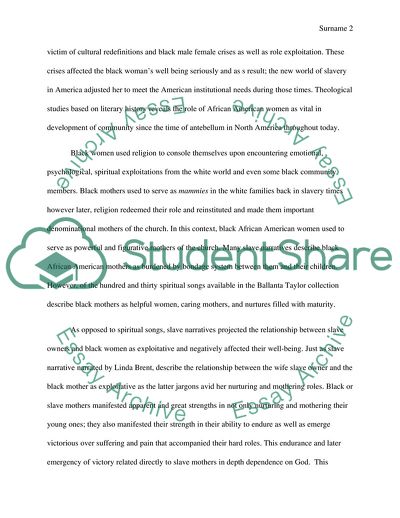Cite this document
(Womanist Theology Report Example | Topics and Well Written Essays - 2000 words, n.d.)
Womanist Theology Report Example | Topics and Well Written Essays - 2000 words. https://studentshare.org/religion-and-theology/1774827-womanist-theology
Womanist Theology Report Example | Topics and Well Written Essays - 2000 words. https://studentshare.org/religion-and-theology/1774827-womanist-theology
(Womanist Theology Report Example | Topics and Well Written Essays - 2000 Words)
Womanist Theology Report Example | Topics and Well Written Essays - 2000 Words. https://studentshare.org/religion-and-theology/1774827-womanist-theology.
Womanist Theology Report Example | Topics and Well Written Essays - 2000 Words. https://studentshare.org/religion-and-theology/1774827-womanist-theology.
“Womanist Theology Report Example | Topics and Well Written Essays - 2000 Words”. https://studentshare.org/religion-and-theology/1774827-womanist-theology.


